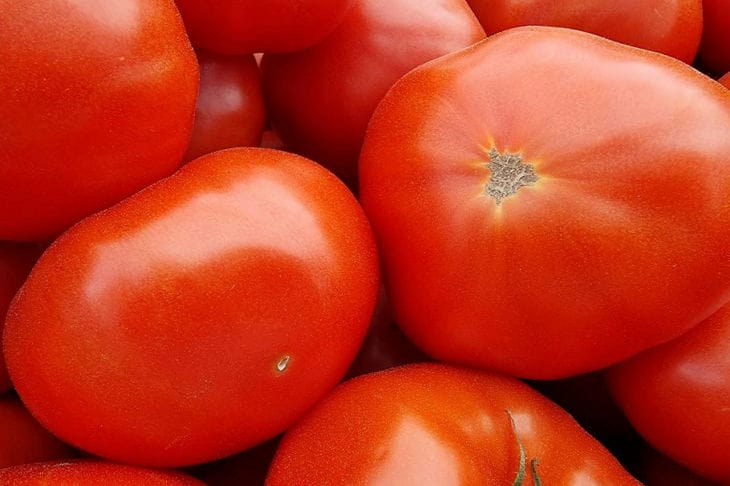How Often Can You Spray Tomatoes With Boric Acid: Gardeners Reveal Secrets
Boric acid is an effective means for increasing yields and protecting tomatoes from diseases.
However, its use requires caution and knowledge of the correct dosage.
Proper use of boric acid can significantly improve plant health and fruit quality.
Optimal processing frequency
It is recommended to spray tomatoes with boric acid no more than 2-3 times per season.
Too frequent application can lead to accumulation of boron in the soil and plants, which will negatively affect their health. It is important to observe an interval of at least 10-14 days between treatments.

Timing of processing tomatoes
The first spraying with boric acid is carried out during the budding period, when the first flower brushes appear on the plants. The second - during mass flowering.
The third spraying can be done at the beginning of fruit formation. This schedule ensures optimal absorption of boron at different stages of plant development.
Preparation of the solution
To prepare a boric acid solution, use 1 gram of the substance per 1 liter of water. It is important to thoroughly stir the solution until the crystals are completely dissolved.
For better adhesion to the leaves, you can add a small amount of liquid soap or a special adhesive.
Spraying technique
Spraying is carried out in the evening or in cloudy weather to avoid rapid evaporation of the solution and leaf burns.
The solution is applied evenly to all parts of the plant, including the underside of the leaves. It is important to avoid getting the solution on the flowers, as this may cause them to fall off.
Signs of Boron Deficiency
Boron deficiency in tomatoes manifests itself in the form of yellowing and curling of the upper leaves, dying off of growth points, and falling off of flowers and ovaries.
If these symptoms appear, additional treatment with boric acid may be necessary, but only after consultation with an experienced gardener or agronomist.
Alternative methods of application
In addition to spraying, boric acid can be added to the soil when planting tomatoes or used to soak seeds before sowing.
These methods help provide boron to plants early in their development and may reduce the need for frequent spraying.
Precautionary measures
When working with boric acid, safety precautions must be taken. Gloves and safety glasses must be used, and inhalation of the solution must be avoided.
After handling, it is important to wash your hands and tools thoroughly.
Combination with other fertilizers
Boric acid can be combined with other microelements and fertilizers, but it is important to check their compatibility.
For example, boron combines well with calcium and magnesium, which promotes better absorption of these elements by plants.
Influence of weather conditions
The effectiveness of boric acid treatment depends on weather conditions.
In hot and dry weather, plants absorb boron worse, so additional watering may be required. In rainy weather, the solution can be washed off the leaves, which reduces its effectiveness.
